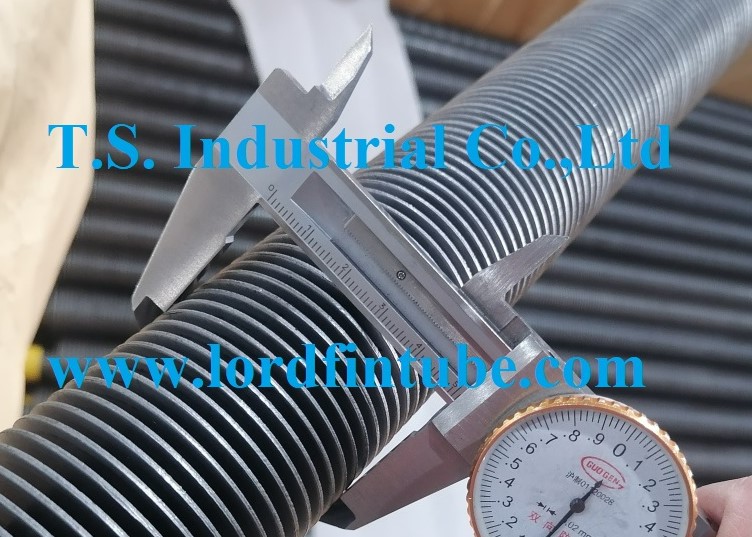What are carbon steel finned pipes?
Carbon steel finned pipes are pipes that have fins attached to them, typically for the purpose of increasing the surface area of the pipe. The fins can be either integral or attached separately, and they are typically made from a different material than the pipe itself, such as aluminum or copper.
The use of carbon steel finned pipes are common in applications where heat transfer is important, such as in heat exchangers, boilers, and air conditioning systems. By increasing the surface area of the pipe, the fins allow for more efficient transfer of heat between the fluid flowing through the pipe and the surrounding air or other fluid.
Carbon steel is a popular material for finned pipes due to its high strength and durability, as well as its relatively low cost compared to other materials. However, carbon steel is also susceptible to corrosion, so it may not be the best choice for certain applications where corrosion resistance is critical. In those cases, other materials such as stainless steel or copper may be more appropriate.
What kind of finned pipe suitable for carbon steel?
The choice of finned pipe for carbon steel depends on the specific application and the requirements for heat transfer, pressure, and corrosion resistance. Here are some common types of finned pipes that are suitable for carbon steel:
1. Extruded finned pipe: This type of finned pipe has fins that are formed by extruding a strip of metal along the length of the pipe. The fins are tightly bonded to the pipe and provide excellent heat transfer performance. Extruded finned pipes are commonly used in air-cooled heat exchangers, as well as in boilers and other industrial applications.
2. Spiral finned pipe: This type of finned pipe has fins that are wound in a spiral pattern around the pipe. The fins can be made from the same material as the pipe or from a different material, such as copper or aluminum. Spiral finned pipes are commonly used in heat exchangers, air coolers, and condensers.
3. Welded finned pipe: This type of finned pipe has fins that are welded to the surface of the pipe. The fins can be made from the same material as the pipe or from a different material, such as aluminum or copper. Welded finned pipes are commonly used in power plant applications, as well as in industrial boilers and furnaces.
4. L-foot finned pipe: This type of finned pipe has fins that are attached to the pipe using L-shaped brackets. The fins can be made from the same material as the pipe or from a different material, such as copper or aluminum. L-foot finned pipes are commonly used in HVAC systems, as well as in industrial heat exchangers and condensers.
In general, any type of finned pipe that is compatible with carbon steel can be used, as long as it meets the requirements of the specific application. Its important to consult with a qualified engineer or manufacturer to determine the most suitable type of finned pipe for your application.

Comments
Post a Comment